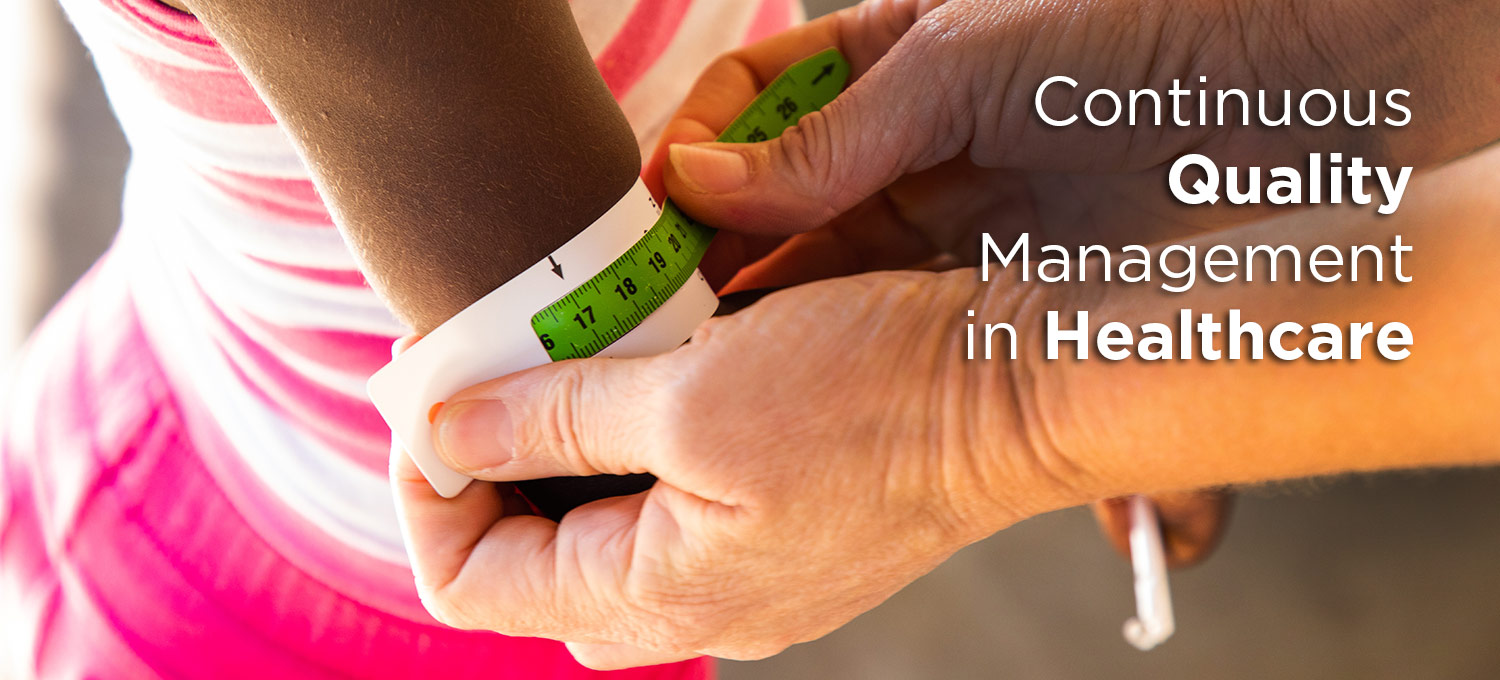Ciheb Kenya Toolkit
The guide is informed by UMB’s and Ciheb’s collective CQI implementation experience over a nearly 15 year period across six low-resource countries and has been adapted to the Kenya context. Stakeholder engagement has been emphasized throughout the application of our CQI approach to ensure buy-in to the assessment, implementation process, monitoring of CQI initiatives, and sustainability for maintenance.
Below, we share evidence-based resources developed to support the implementation of quality improvement projects. Included in the materials are valuable external resources that our teams have utilized for successful implementation of CQI. We also recommend the Aurum Institute's How to Guide for Quality Improvement, which is an easy-to-read guide and provides examples and methods for administering quality improvement.
Step 1: Conducting a rapid assessment of the facility through review of data and process mapping
Activity 1: Engage leadership within an organization for support and buy-in.
Tools: CQI Plan Template
Activity 2: Conduct joint rapid assessment of services and review the findings.
Tools: Organizational Assessment Tool
Activity 3: Identify a CQI team to drive CQI and planning processes.
Tools: CQI Team Roles and Responsibilities
Activity 4: Developing CQI skills for the team.
Tools: CQI Training Slides, CQI Minutes Template
Step 2: Identifying opportunities for improvement
Activity 5: Conduct a root cause analysis to identify the problem.
Tools: Fishbone Diagram, Example of Five Whys
Activity 6: Characterize and contextualize the gap using available data or proxy measures.
Tools: Plan-Do-Study-Act (PDSA) tool
Step 3: Planning and prioritizing
Activity 7: Use priority methodology.
Tools: Problem Prioritization Matrix
Activity 8: Prioritize interventions depending on gap and other contextual factors to determine the change package.
Tools: Driver Diagram Example
Activity 9: Identify the benchmark and indicator selected for improvement.
Tools: CQI Indicators
Step 4: Implementing CQI approaches; monitoring, collaborative learning, and scale-up
Activity 10: Record the CQI plan in the CQI digital app.
Activity 11: Continuously monitor and update progress/challenges in the CQI digital app.
Activity 12: CQI teams participate in regular (quarterly) peer-based learning forums – collaborative learning forums.
Tools: ECHO sessions, learning collaborative meetings
Step 5: Dissemination
Activity 13: Identifying options for formally presenting CQI initiatives and the role of stakeholders in dissemination.
Tools: HSDA example, annual collaborative


